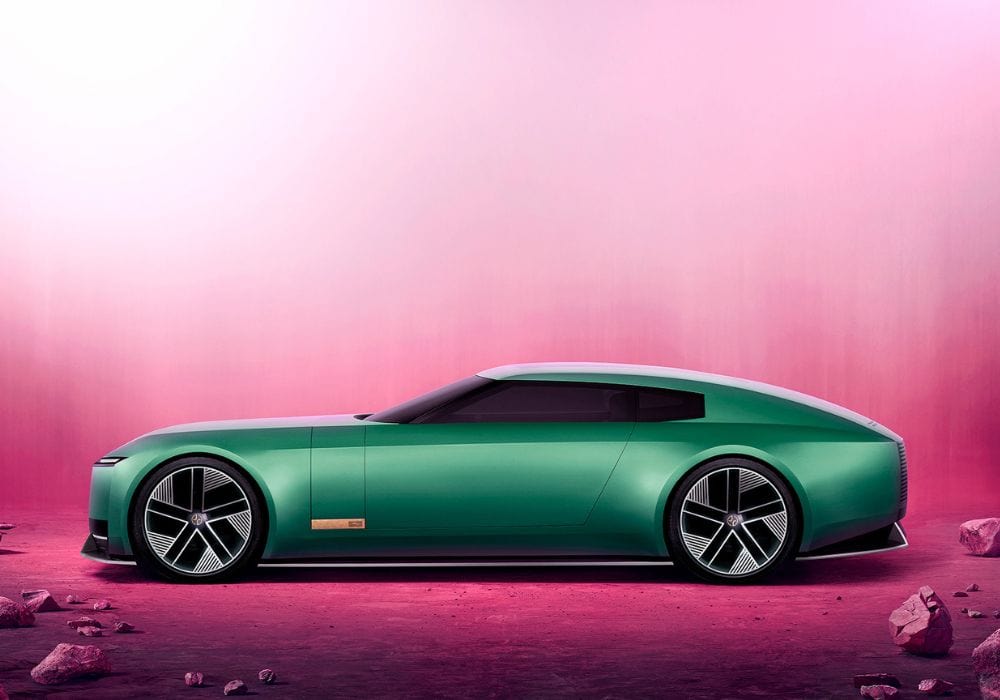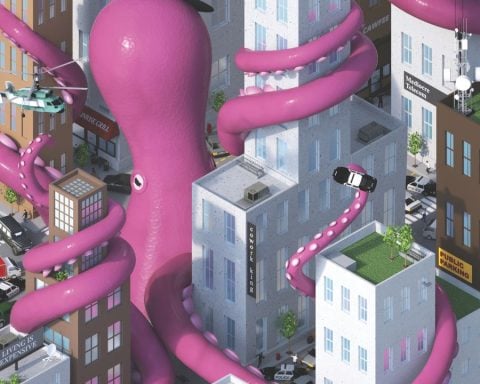This is the fifth installment of our six-part Masters of Metamorphosis series, in which we look at corporations that have reinvented themselves in order to seize opportunities in the energy transition.
The road to vehicular electrification seems to be paved with both great ambition and serious bumps. A heady optimism surrounded EVs after Tesla launched its first highway-legal roadster in 2008. In the decade to follow, manufacturers rushed to introduce their own models as the market took off.
But global sales have slowed in recent years. The exuberance of early adopters has been replaced by the more rational, cost-conscious calculations of mainstream buyers. In some places, incentivizing subsidies have been dropped and charging infrastructure has lagged. Meanwhile, the massive Chinese market has shown more interest in its own brands than Western imports.
All of this volatility has led many brands – Volvo, GM, Ford, Tesla and Mercedes among them – to walk back on their ambitions: retracted promises of all-electric fleets, reduced capital investment in their EV lines and resurrected conventional models.
But not Jaguar. The British luxury brand is moving in the other direction. As of 2026, it will sell nothing but electric cars. The bold move is part of a complete rebrand by parent company Jaguar Land Rover, which is ditching its emblematic leaping feline, diversifying its portfolio to four brands (Jaguar, Range Rover, Defender and Discovery) and moving Jaguar from the premium segment into the even more rarefied territory of super-luxury.
Masters of Metamorphosis
Pandora’s big bet on sustainability pays off
Why New York City’s last dairy switched from cows to nuts
Italy’s ERG proves you can trade oil for renewables and win
Rawdon Glover, managing director at Jaguar since March 2023, is addressing the company’s sagging sales with a complete reboot. All of Jaguar’s existent models (including its EV, the I-Pace) are being discontinued while it enters a kind of one-year dormancy, with no new sales this year. In 2026, it intends to re-emerge with three entirely new, all-electric models: a four-door grand tourer called the Type OO, which made its real-world debut in Paris in March, and two SUVs, none of which will cost less than US$155,000.
All three are expected to offer all-wheel drive, fast charging (10% to 80% in roughly 13 minutes) and ranges around 700 kilometres. The company will also be offering its EV clients a suite of services, including memberships in supercharging-station clubs, designer wallbox chargers for their homes and an exclusive drive-share program.
Glover’s strategy for rescuing the Jaguar brand seems to be more about profitability than sustainability, but there’s nothing wrong with that. “Luxury brands create irrational need,” Glover told Britain’s Top Gear magazine last year. “No one needs a Hermès work bag.” Nor does anybody need an ultra-luxury car, but it certainly doesn’t hurt to have the EV marketed as an object of desire.
Time will tell if Jaguar’s wager pays off. Industry insiders believe that by narrowing its portfolio and targeting a very select clientele, Jaguar will reap higher returns. If it does, it will have paved at least one viable path to an EV-only future.
Naomi Buck is a Toronto-based writer who focuses on the issues that will most impact the next generation: sustainability and education.





